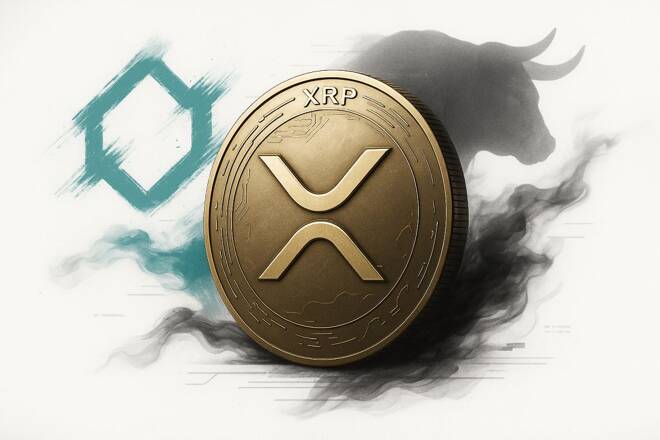XRP (Ripple) faces a pivotal three-year horizon as investors, regulators, and market participants assess its long-term prospects. While the cryptocurrency has experienced significant price volatility, its underlying technology—enabling fast and cost-efficient cross-border payments—positions it as a strong contender in the digital payments ecosystem. Regulatory clarity, network adoption, and broader macroeconomic trends will play a decisive role in shaping XRP’s trajectory. Analysts suggest that strategic partnerships, increased institutional use, and improvements in liquidity could drive sustainable growth, though risks from market speculation, regulatory uncertainty, and competition from other blockchain networks remain key considerations for long-term investors.
Technology and Use Case: The Ripple Advantage
XRP distinguishes itself through its core utility in facilitating cross-border payments. Its consensus protocol enables transactions in seconds at minimal cost, offering a scalable alternative to traditional banking channels. Over the next three years, the expansion of RippleNet partnerships with banks and payment providers could significantly enhance XRP’s utility and adoption.
Industry experts argue that tangible use cases, rather than speculative trading, will increasingly define XRP’s market valuation. As the cryptocurrency ecosystem matures, adoption-driven growth may provide a more stable foundation for price appreciation.
Regulatory Environment: A Determining Factor
Regulatory developments will heavily influence XRP’s future. The ongoing scrutiny from financial authorities, particularly regarding its classification as a security in certain jurisdictions, has created market uncertainty.
A favorable regulatory framework could unlock institutional adoption, attracting investment from banks, payment networks, and digital asset funds. Conversely, restrictive policies could constrain liquidity, limit exchange listings, and suppress investor confidence, creating headwinds for XRP’s growth trajectory.
Market Dynamics and Competitive Landscape
XRP operates in a crowded and competitive landscape, facing rivals such as Stellar, SWIFT-backed blockchain solutions, and other emerging payment tokens. Its ability to differentiate through speed, cost-efficiency, and network partnerships will determine its market positioning.
Over the next three years, XRP’s performance will also reflect broader market dynamics, including cryptocurrency volatility, macroeconomic conditions, and investor sentiment. Analysts emphasize the importance of monitoring both technical indicators and adoption metrics when evaluating XRP’s long-term prospects.
Price Projections and Investor Sentiment
While price predictions are inherently speculative, industry analysts offer a cautiously optimistic outlook. Should Ripple achieve broader institutional adoption and regulatory clarity, XRP could see sustained growth and increased market capitalization.
However, investors are advised to account for volatility and maintain disciplined risk management. Market sentiment, leverage-driven trading, and external shocks can drive short-term fluctuations, but adoption and utility remain the primary drivers of long-term value.
Long-Term Outlook: Adoption Over Speculation
The next three years will likely determine whether XRP transitions from a highly speculative asset to a widely used payment solution. Success will depend on tangible adoption, regulatory clarity, and strategic partnerships, rather than market hype alone.
For investors and market observers, XRP’s trajectory offers a lens into the evolving role of blockchain-based financial infrastructure. Those who balance risk awareness with an understanding of underlying technology may find opportunities as the cryptocurrency ecosystem continues to mature.
